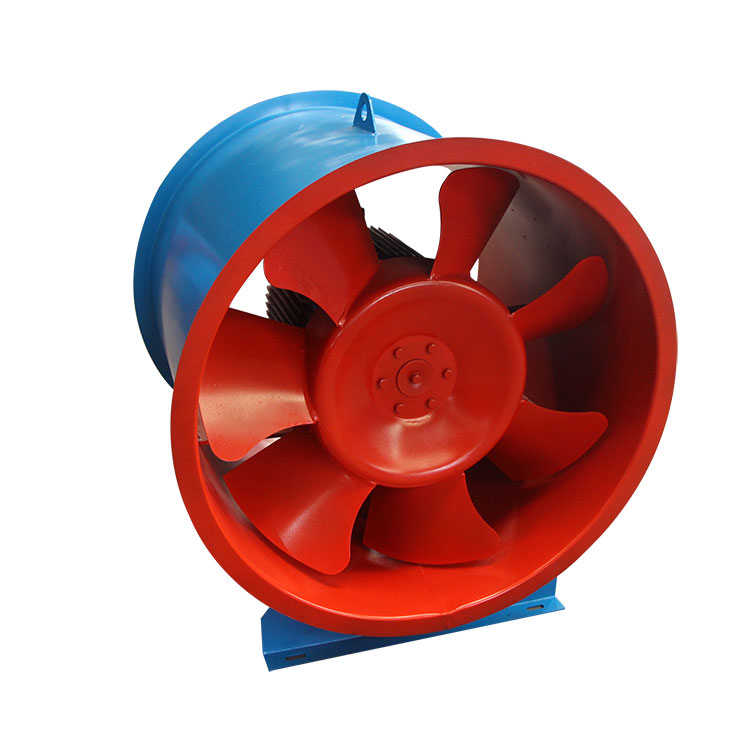Sizing Up Performance: Exploring the Variations in Size and Capacity of SWF Mixed Flow Fans
2023-12-08
Introduction:
In the realm of ventilation, the size and capacity of fans play a pivotal role in determining their performance. As SWF mixed flow fans continue to gain popularity for their unique design, understanding the variations in size and capacity becomes essential. In this blog, we delve into the diverse dimensions of SWF mixed flow fans and explore how these factors impact their overall performance.
1. The Spectrum of Sizes:
SWF mixed flow fans are available in a range of sizes, catering to diverse applications across industries. From compact options suitable for confined spaces to larger units designed for high-capacity ventilation, the spectrum of sizes allows users to choose a fan that aligns with the spatial constraints of their specific environment.
2. Tailoring Performance to Capacity:
The size of an SWF mixed flow fan is intricately linked to its capacity. The capacity, or volumetric flow rate, denotes the volume of air the fan can move within a specified time frame. Larger fans with higher capacities are adept at handling applications where a substantial airflow is required, such as in industrial settings, warehouses, or large commercial spaces.
3. High Capacity for Industrial Might:
In industrial applications where air quality and temperature control are paramount, larger SWF mixed flow fans shine. These industrial giants are designed to handle the challenges of expansive spaces, ensuring effective air circulation and ventilation. Their high capacities make them indispensable for maintaining optimal conditions in manufacturing plants and other large-scale industrial environments.
4. Compact Efficiency for Limited Spaces:
On the other end of the spectrum, smaller SWF mixed flow fans excel in applications where space is a premium. Their compact design allows for easy integration into tight spaces without compromising performance. These fans are ideal for HVAC systems in commercial buildings, residential ventilation, and other settings where efficient air movement is required within limited confines.
5. Size Matters in Specific Applications:
Consider the specific application when selecting the size of an SWF mixed flow fan. For example, in agricultural settings like greenhouses, the choice between a larger fan for overall air circulation and smaller fans for targeted ventilation may depend on the layout and requirements of the space.
6. Impact on Energy Efficiency:
The size and capacity of SWF mixed flow fans directly influence their energy efficiency. Larger fans may consume more power due to their higher capacities, but they can achieve a more significant airflow per unit of energy. Smaller fans, while consuming less power, may be suitable for applications where the required airflow is lower.
7. Balancing Act for Optimal Performance:
Finding the right balance between size and capacity is crucial for optimal performance. Oversized fans may result in unnecessary energy consumption, while undersized fans may struggle to meet the ventilation needs of the space. It's essential to conduct a thorough assessment of the application's requirements to determine the most suitable size and capacity.
Conclusion:
As you embark on the journey of selecting SWF mixed flow fans, consider the variations in size and capacity as key factors that shape their performance. Whether you're aiming for industrial might in a vast manufacturing plant or compact efficiency in a residential HVAC system, understanding the interplay between size, capacity, and application requirements is pivotal. By navigating this landscape thoughtfully, you can harness the full potential of SWF mixed flow fans, ensuring effective and efficient air movement tailored to the unique needs of your specific environment.



